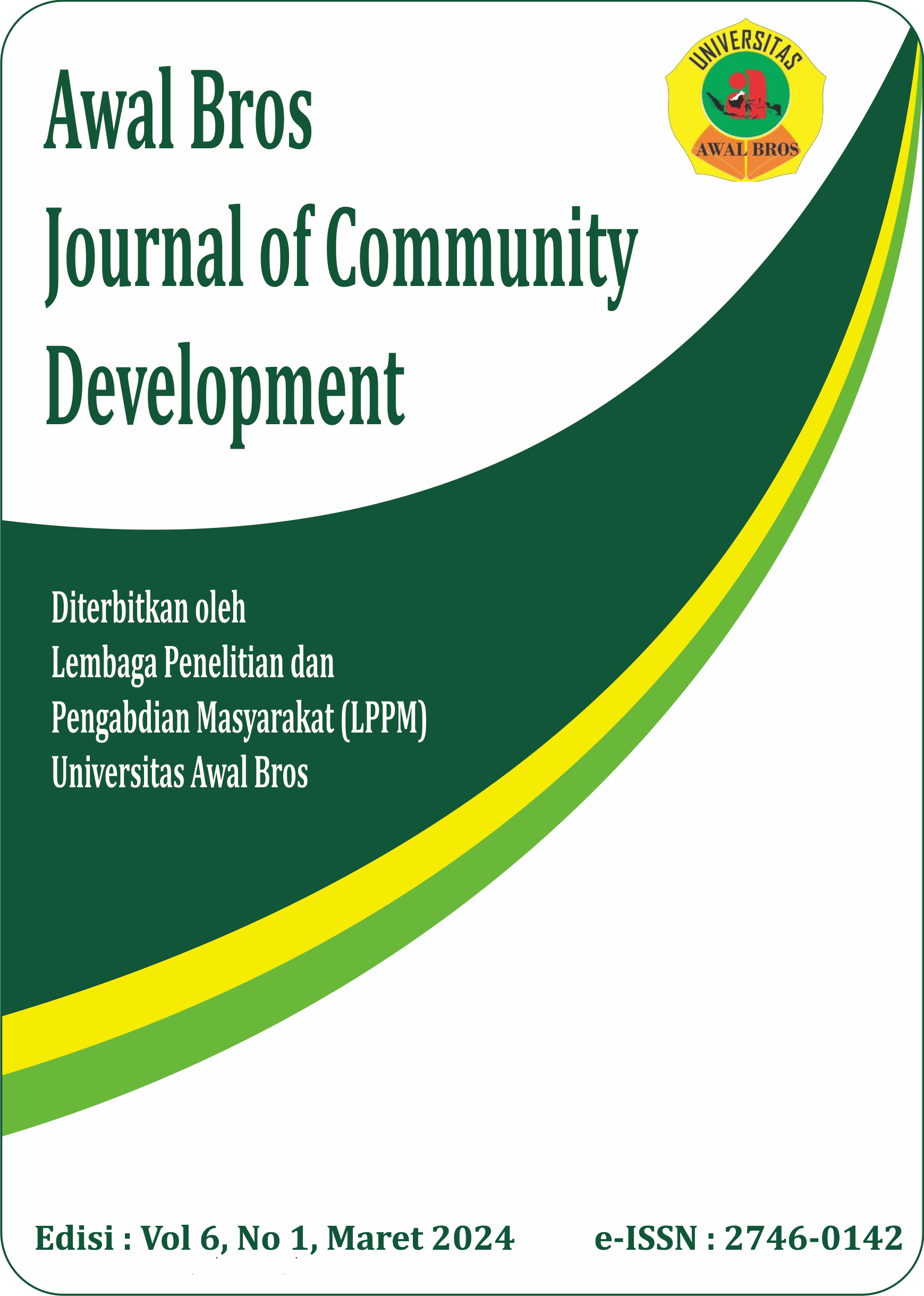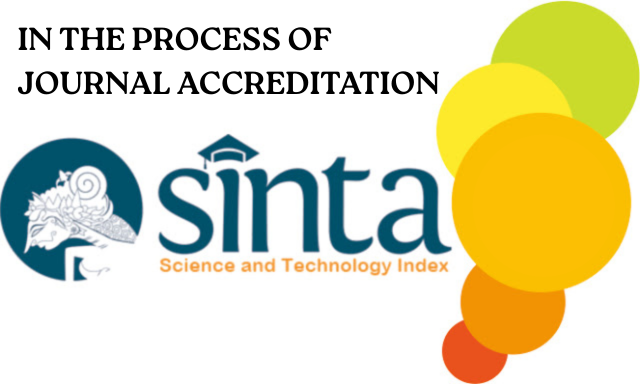APPLICATION OF DATA MINING TO PREDICT VILLAGE STATUS BASED ON VILLAGE DEVELOPMENT INDEX IN KOTO MASJID VILLAGE
DOI:
https://doi.org/10.54973/abjcd.v6i1.613Keywords:
Village Development Index, data mining, classification, Decision Tree, Smart Village.Abstract
Data-based village development is a strategic approach to improving community welfare through more targeted planning. One of the key instruments in measuring village progress in Indonesia is the Village Development Index (Indeks Desa Membangun or IDM), which includes social, economic, and ecological dimensions. However, analytical utilization of IDM data remains low, especially in villages with limited resources and data literacy. This community service activity was conducted in Koto Masjid Village, Kampar Regency, with the aim of enhancing the capacity of village officials and youth organization (Karang Taruna) members to understand and process IDM data using classification methods in data mining. The implementation methods included theoretical training, hands-on workshops on classification algorithms (Decision Tree and Naive Bayes), data analysis simulations, and evaluation and mentoring sessions. The results showed an increase in participants' understanding from an average of 45% to 82% based on pre-test and post-test scores. In addition, the classification model developed by the participants achieved an accuracy rate of 87% in predicting village status. Final evaluations indicated that 95% of participants found the activity highly beneficial and expressed interest in learning more advanced data mining techniques. This activity not only transferred technical skills but also promoted a data-driven decision-making mindset at the village level. The implementation of classification methods based on IDM has proven to be an effective strategy in supporting the transformation towards independent and sustainable Smart Villages.
Downloads
References
Han J, Kamber M, Pei J. Data Mining: Concepts and Techniques. 3rd ed. San Francisco: Morgan Kaufmann; 2011.
Witten IH, Frank E, Hall MA, Pal CJ. Data Mining: Practical Machine Learning Tools and Techniques. 4th ed. Burlington: Morgan Kaufmann; 2016.
Larose DT, Larose CD. Data Mining and Predictive Analytics. 2nd ed. Hoboken: Wiley; 2015.
Provost F, Fawcett T. Data Science for Business. 1st ed. Sebastopol: O'Reilly Media; 2013.
Suhartono. Implementasi Data Mining dalam Pembangunan Sistem Pendukung Keputusan. Jurnal Teknologi Informasi dan Komunikasi. 2017;8(2):45-52.
Widodo EA, Jatmiko DY, Hartanto R. Pemanfaatan Data Mining untuk Pengembangan Desa. Jurnal Teknologi dan Sistem Komputer. 2019;7(4):150-6.
Quinlan JR. Induction of Decision Trees. Machine Learning. 1986;1(1):81–106.
Pangaribuan DT. Strategi Penanganan Missing Value dalam Data Mining. Jurnal Informatika. 2018;12(1):25-30.
Pratama ER, Nugroho HA. Penguatan Literasi Digital di Tingkat Desa. Jurnal Pengabdian kepada Masyarakat. 2020;5(2):99-105.
Mustofa K, Widodo AA. Teknologi Informasi untuk Pemberdayaan Desa: Studi Kasus Implementasi Sistem Informasi Desa. Jurnal Penelitian dan Pengabdian Informatika. 2018;2(1):10-6.













